Partnered with Ammy Owner Probs founder and guest collaborator Colleen Chartier
In today’s discussion on horse and rider fitness and development, a recently popular (and infinitely relevant) topic has been on horse and rider biomechanics and balance. In layman’s terms, biomechanics is the study of the forces that affect movement of the body. It examines how muscles, bones, tendons and ligaments operate together for a horse to walk, passage or perform lateral movements. The understanding of proper biomechanics, particular to equestrians, is essential in realizing their horse’s athletic potential and pinpointing areas of weakness or instability, whether internal or external.
Examples of internal forces are condition and actions of bones, muscles, tendons, and/or injury while external forces can include elements both related and non-related to the horse’s body such as hoof condition, footing, proper saddle fit, and rider position and balance.


Equestrian Riders
As riders, we understand the challenge and requirements to best support our horses during regular training sessions, competition, and beyond. These metrics can be quantified by our range of movement, increase of weight during our gym sessions, and lung conditioning. Other external forces that can positively impact our own conditioning are our choices of diet, sleep conditions, stress reduction, and intentional mindfulness in our daily living.
In today’s world, the continuous cycle of self-improvement can be monitored by a variety of modern-day technology. We use devices like a Fitbit or Smart Watch to monitor our physical activity, check our heart rate, a variety of apps to track our nutrition, and can record our riding sessions with devices like Pivo to visualize progress in real time.
Riding Tools
The latest development to improve equine and rider biomechanics and partnership is the Equestic Saddleclip. Regardless of your riding ability, goals, or discipline, this handy device makes training sessions more effective with real-time, factual data to monitor progress, pinpoint imbalances, and help riders become better advocates for their horses. The Equestic will provide insight into regular training and conditioning
habits as well as the impact it has on the impulsion, symmetry, and rhythm of the horse.


Testing the Eqeuestic Saddleclip
I was able to test the Equestic Saddleclip on a developing dressage sporthorse, Max, a 12 year old Percheron-Thoroughbred Cross to see how easy this device was to use and record our session. The set-up was super simple, I charged it via USB in my car on the way to the barn and was quickly able to sync it to the app. The Equestic app allows multiple horses to be added including their basic specs like breed, discipline, and age. It doesn’t have any wires or annoying plug-ins, simply clip on the left rear side of your saddle pad, calibrate with the app, and off you go!
For our 30 minute ride, I wanted to focus on balance and consistency in rhythm through my walk and trot and balance in my canter through transitions. Max’s tendency is to favor his left shoulder when asking to bend right through his body or push off his hocks. As a developing dressage prospect, balance and straightness are imperative to his
success.
Results
When our session concluded, it was really helpful to know how much time I was spending on each side and at each gait. It did make me feel good that I was only 1 minute off in the left vs right side work but it was useful to know how much time we spent in our canter work. Max is still building straightness and impulsion at the faster gait, and being half-draft it’s a lot of work! This will allow me to monitor his fitness
progression as he continues to get stronger, eventually increasing the time we get to work on the canter together.
I was surprised to see that he favored the left side, especially on his rhythm and push off in the trot. Diagonally left, Max was pretty consistent in his rhythm with only 7% variance and 1% in his landing (almost perfectly balanced), while his push off was moderately severe at 12%. This means that the level of impulsion was greater on his left
side versus his right as a result of not being properly straight and in greater balance.
Long Term Use
Using the Equestic on a regular basis will allow that progress to be tracked and an opportunity during lessons and regular riding to evaluate my rider position and own areas of weakness to see if I’m part of the issue. If no improvement shows, the next step would be to work with my saddle fitter, vet, farrier, and chiropractor. What a helpful tool to collectively gather so much useful information, all in one place!


The Equestic Saddleclip will be a secret weapon when it comes to the regular riding, rehabilitation, and development of any horse I work with in the future. As a millennial who lives in the latest and greatest technology, it is so valuable that the equine industry is able to combine age-old methods of correct training and conditioning with modern-day advancements. Collectively, I look forward to being able to pinpoint potential lameness sooner than when it becomes a problem, create more specific goals in my rides, and share the same level of involvement as I do with my own personal fitness with my horses. For any horse person that wants to invest in their horse’s entire wellbeing and overall health, the Equestic Saddleclip is a little device that provides some massively helpful insight.
Enjoy the ride,
Colleen Chartier / Ammy Owner Probs
















